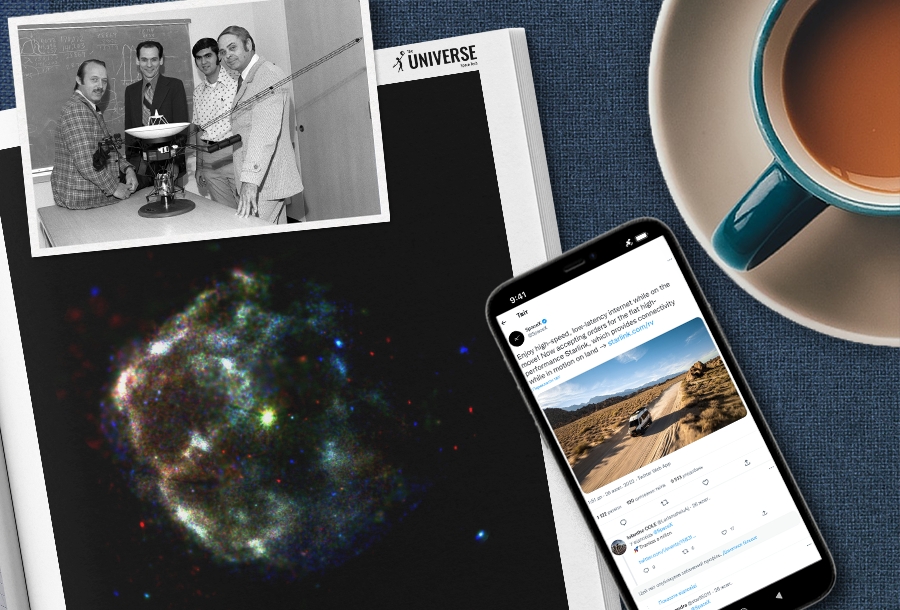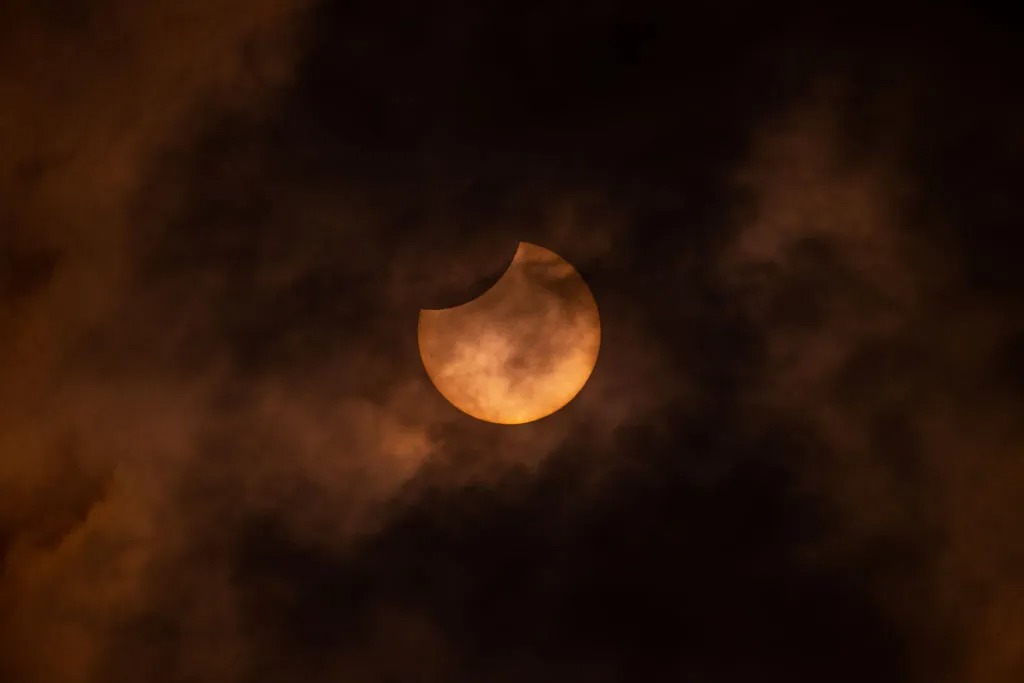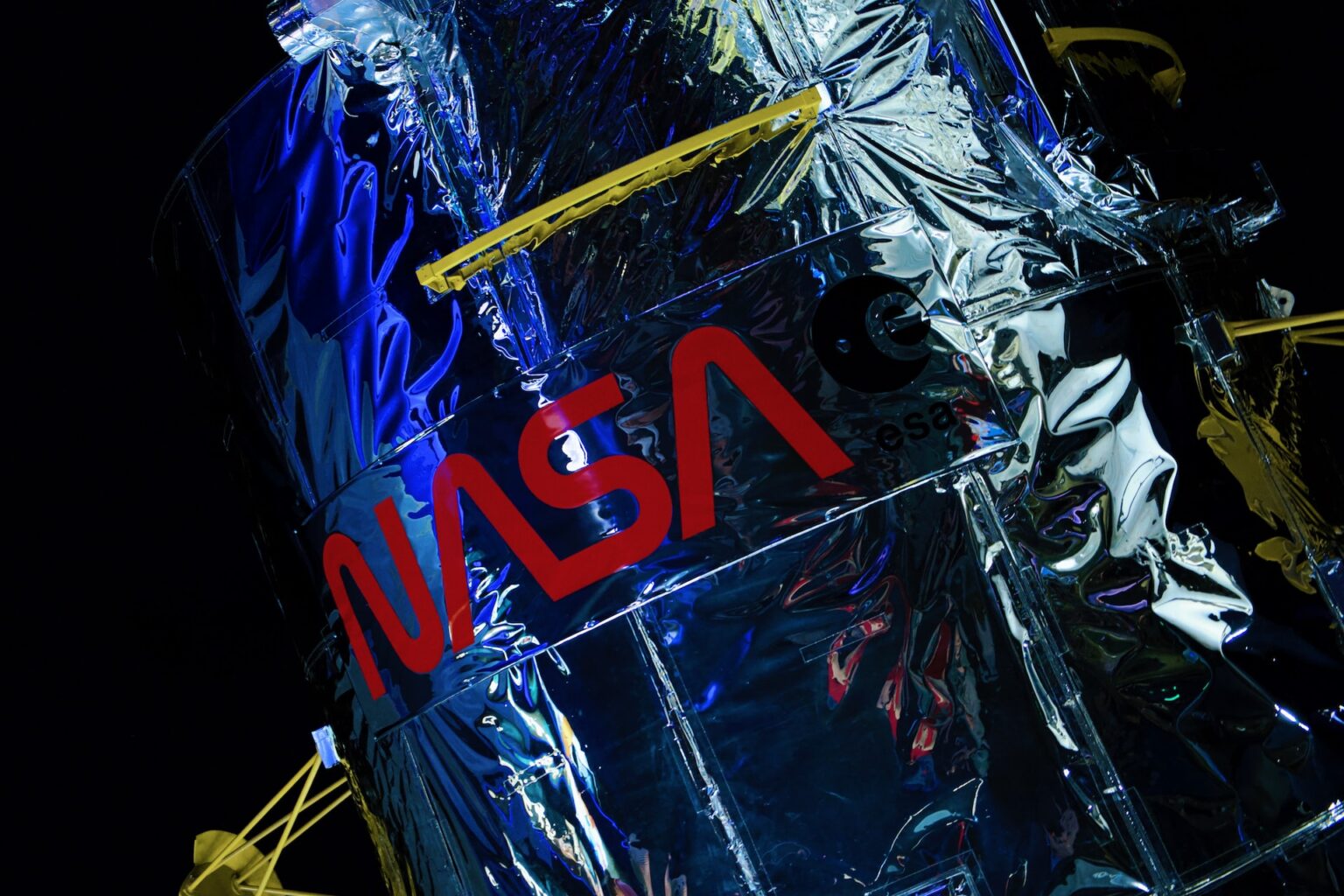Selection of the most interesting space news for the week: Starlink will work in vehicles; the wreckage of a Russian satellite again threatened the safety of the ISS, and we tell how private space companies have forever changed the face of hostilities.

“The most incomprehensible thing about the world is that it is at all comprehensible.”
― Albert Einstein
Russia threatens to shoot down American commercial satellites
Russia may consider American commercial satellites used to help Ukraine as its “legitimate targets” for strikes. Russia claims that the use of civilian satellites contradicts the Outer Space Treaty, “which provides exclusively for the peaceful use of outer space, and should be strongly condemned by the international community”. Accordingly, it reserves the right to “retaliate”. Russian threats are primarily aimed at satellites of the Starlink global satellite Internet system, as well as devices of companies such as Planet Labs and Maxar. Their photographs are regularly published by the media and show traces of war crimes in the occupied territories.
Starlink to work in vehicles
SpaceX is going to start using its Starlink Internet service in moving vehicles. Starting in December 2022, users of the service will be able to connect to Elon Musk’s satellite Internet service in the most remote places on highways where even cellular communication does not receive.
In May of this year, SpaceX launched the Starlink-for-RVs service. It also offered internet access for vehicles, but on the condition that the car would be parked during use. The new announcement takes the satellite Internet service a step further by providing connectivity when vehicles are moving.
The ISS conducted an evasion maneuver from the wreckage of a Russian satellite
On the evening of October 25, the International Space Station (ISS) conducted an evasion maneuver from the wreckage. The engines of the docked Progress cargo spacecraft were turned on for five minutes and five seconds. This allowed the station to avoid a collision with space debris that could damage the space outpost. NASA reported that the maneuver of changing positions on Monday did not affect the activities of the ISS. Without the maneuver, the debris would have flown within 5 km of the station, which would have been too close and created a potential collision hazard. Therefore, it was decided to move the ISS to a higher altitude orbit. The remnants of the exploded Russian spacecraft Cosmos 1408, which were formed after Moscow tested anti-satellite weapons, turned out to be a troublemaker of the crew.
Record-breaking “light” neutron star may contain quark matter
A team of German astronomers announced the discovery of an abnormally “light” neutron star. Its mass is significantly less than theoretical expectations. According to scientists, in fact, the object may be the first candidate for a quark star. The discovery was made during the study of the supernova remnant HESS J1731-347.
It turned out that it is located at a distance of only 8.1 thousand light-years from Earth. In turn, this means that the compact object has a noticeably smaller mass than originally thought. According to recent estimates, it is only 77% of the mass of the Sun (with a body diameter of 10.4 km), which is 60-70% lower than this indicator for other neutron stars.
Scientific director of the Voyager mission retires
The scientific director of the Voyager mission, Edward Stone, has retired. He held this position for fifty years, which is an unprecedented case in the history of NASA. Stone was appointed head of the Voyager program in 1972, five years before the start of the historic journey of the two probes. To date, he has remained the sole scientific director of the mission. Under his leadership, both spacecraft studied all four giant planets of the Solar System, and also became the first man-made objects to enter interstellar space.
Photo of the week

The last solar eclipse of 2022 occurred on Tuesday, October 25. In some parts of Asia, Africa and Europe, a partial eclipse could be observed, manifested as a dark bite of the Sun. Over Ukraine, this spectacle was obscured by thick clouds, so if you missed it, you can still enjoy photos and videos taken by eyewitnesses from around the world.
Interesting figure — USD 71.2 billion

The National Aeronautics and Space Administration (NASA) announced on October 27 that its annual income was three times the size of the annual budget. In a recently published report, NASA reviewed the fiscal year 2021, in which the federal budget amounted to USD 23.3 billion. According to the report, NASA’s income over the past year amounted to more than USD 71.2 billion. Moreover, the agency’s work has provided about 340 thousand jobs in all 50 states and Washington, DC.
Something to read on the weekend

This week we invite you to read about the first space strike in history. At the end of December 1973, the Skylab crew rebelled against the overloaded work schedule and overstated NASA requirements, which they were unable to fulfill. Read more in the article “Cosmic disobedience. Did the Skylab crew really go on strike on orbit?“. We also recommend an article about how private space companies turned out to be global players in modern warfare, capable of having a decisive influence on the course of hostilities. Read “Corporate wars. How private space companies changed the face of warfare forever“.
Follow us on Twitter to get the most interesting space news in time
https://twitter.com/ust_magazine

